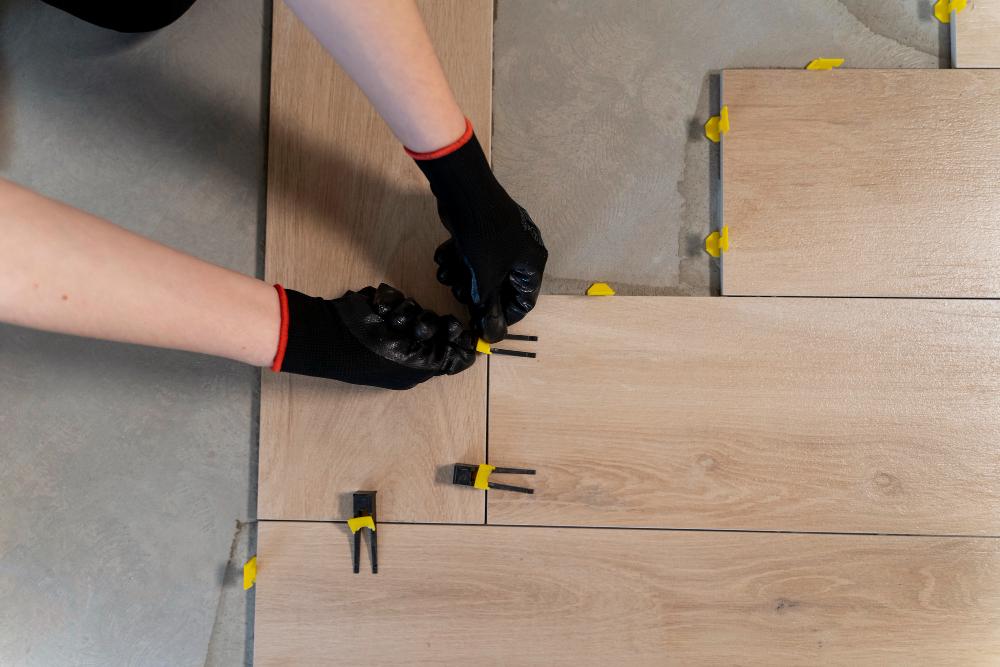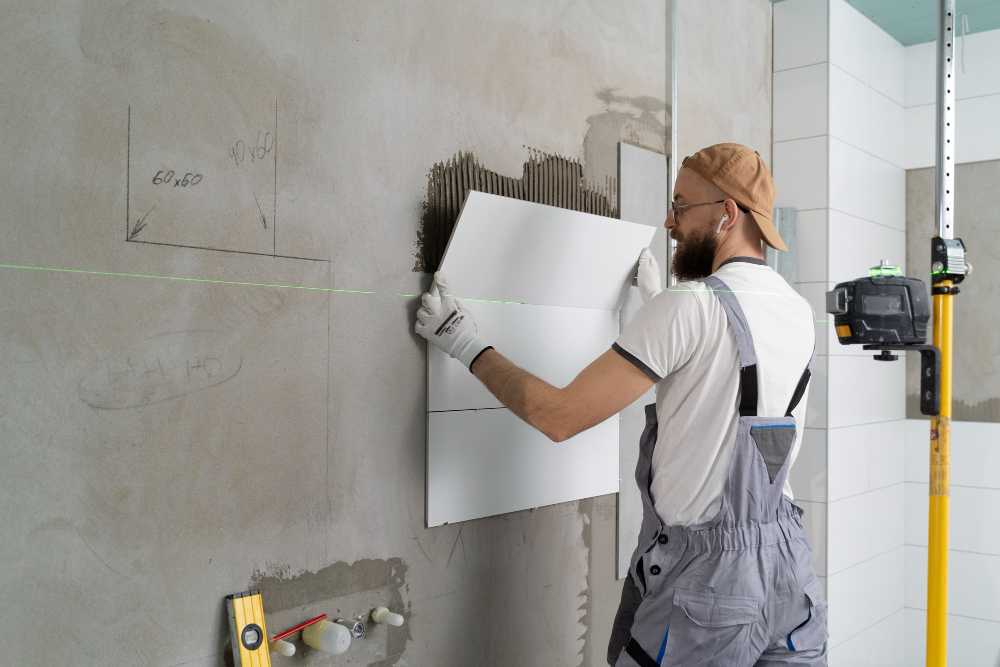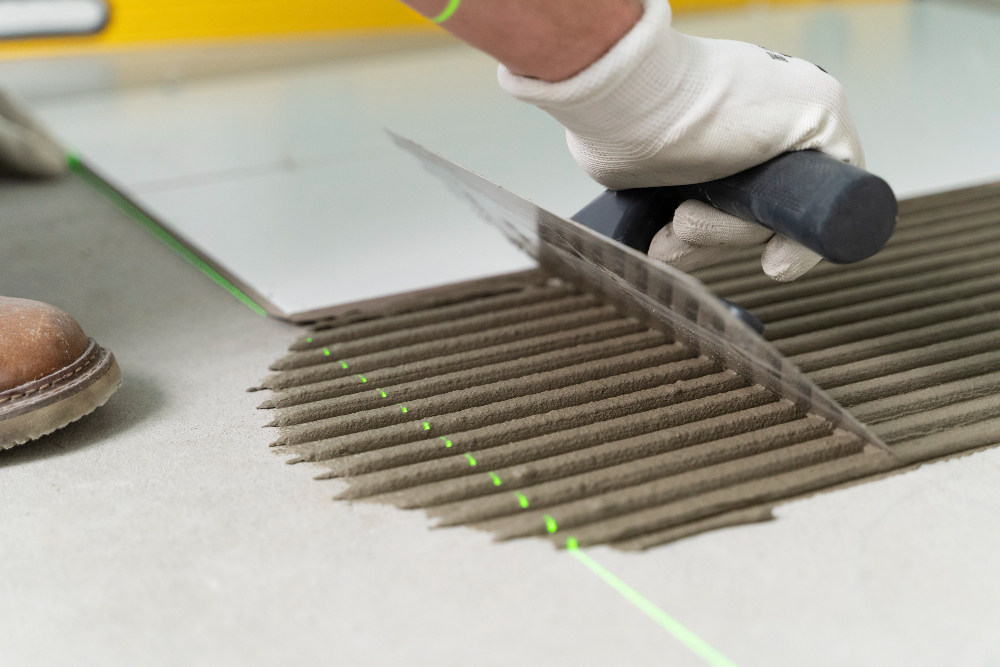Shiny floor, but "you step and it echoes," grout darkens in just a few weeks, and there are micro-cracks in the bathroom? Poor tile installation is not just an aesthetic issue — it leads to hidden costs, repeated repairs, and even leaks to neighbors. In this material, you will see what poor workmanship looks like, what the typical mistakes are, and how to compare offers to pay a reasonable price for tile installation and achieve a long-lasting result..

What does "poorly executed" laying look like
• Uneven surfaces and "teeth" along the joints (most visible when laying tiles on the floor) .
• Empty cavities under the tiles – "hollow" sound when tapped, risk of cracking.
• Incorrect slopes in the bathroom – water "sits" around the drain.
• Inappropriate adhesive/grout for laying porcelain tiles or for outdoor tile installation.
• Missing waterproofing before laying tiles in the bathroom → moisture and mold.
The hidden costs that we often underestimate
• Demolition and reinstallation. You pay for labor a second time + waste removal.
• Damage to adjacent areas. In the bathroom/terrace, the leak can "travel" and damage other rooms.
• More expensive materials "for repair." Special primers/waterproofing for correction cost more.
• Lost time. Living "under construction," postponed guests/tenants .
• Absence of warranty. The cheap offer often does not include a serious labor warranty..

Why "the low price" often turns out to be more expensive
Offering only a final "tile laying price" without a described process almost always hides a compromise: there is no leveling system, no waterproofing layer, and "universal" grouts are used. It is especially risky when laying porcelain tiles on a terrace and porcelain tiles for outdoor installation, where temperature expansions require the right adhesive, dilatations, and slopes..
How to Compare Offers Professionally
Request a breakdown of "what the price includes":
• Surface preparation (cleaning, priming, leveling).
• Waterproofing (for bathroom/wet areas) before installing bathroom tiles.
• Leveling (system for leveling large format/porcelain tiles).
• Type of adhesive/joint according to the material and environment (inside/outside).
• Slopes, dilations, cuts, and details around siphons/threshholds.
• Deadlines, labor warranty, waste removal.
Useful reading on the topic of proper briefing and the ordering process:
• How to order a service on Ofertirai.me?
• 10 important questions to ask the contractor before starting the project

Typical object errors
• Application on an unprepared substrate. Dust/fats/irregularities = weak adhesion layer.
• Wrong adhesive for porcelain tiles. Heavy slabs require high-quality adhesives with extended open time..
• Missing/incorrect waterproofing in the shower area → capillary moisture.
• Skipping leveling with large formats → visible "teeth" and shadows on the joints.
• No dilations on terrace/balcony → swelling and cracking during the seasons.
Checklist for Long-Lasting Results
1. Send 6–10 photos/short video and dimensions of the space.
2. Specify the type of tiles: ceramic, porcelain for outdoor installation, format, thickness.
3. Specify the location (bathroom/kitchen/terrace) and requirements (slopes, trims, thresholds).
4. Ask about waterproofing, adhesives, joints, and leveling systems .
5. Compare at least 2–3 personalized offers based on scope + warranty, not just on bathroom tile installation prices.
Conclusion
The true cost of poor tile installation is rarely "just X lv." – it often includes rework, damages, and lost time. With the right specifications and professional comparison of offers, you will achieve stable floor tile installation and reliable bathroom tile laying, without surprises after months. Work with verified teams, ask the right questions, and demand a warranty — this way, your home remains beautiful and protected..